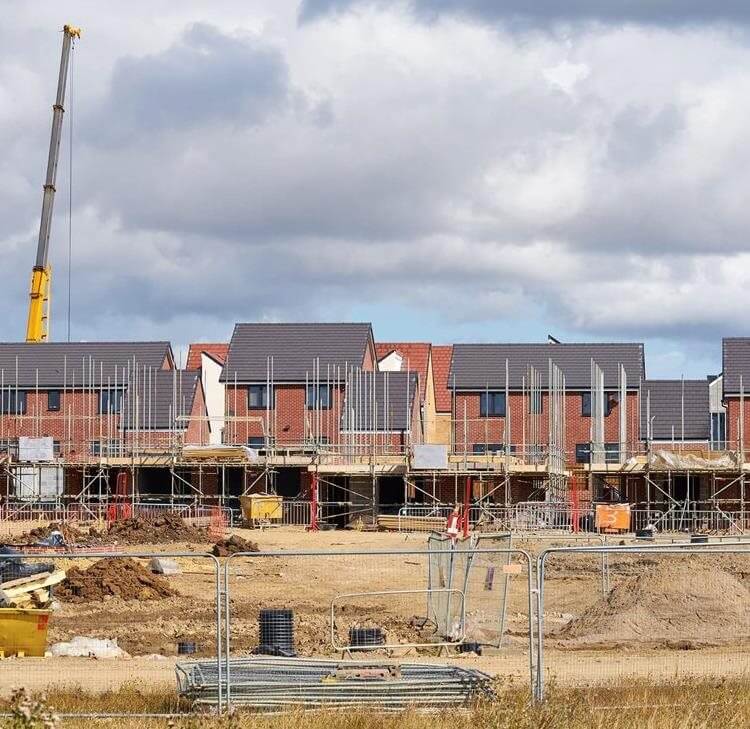Japanese knotweed – as truly menacing as we are lead to believe?
Nine months on from the Court of Appeal decision in Network Rail Infrastructure Ltd v (1) Williams (2) Waistell [2018] EWCA Civ 1514, the impact on landowners continues to be significant.
This article is taken from April's public matters newsletter. Click here to view more articles from this issue.
Nine months on from the Court of Appeal decision in Network Rail Infrastructure Ltd v (1) Williams (2) Waistell [2018] EWCA Civ 1514, the impact on landowners continues to be significant. However, is the risk from Japanese knotweed overstated and might the tide be starting to turn?
The history
Japanese knotweed was very innocently introduced into Europe in the 1850s, proving popular in Victorian parks and gardens. Fast forward almost 170 years and it is acknowledged as a natural hazard and commonly considered the most invasive weed in the UK. The burden is now not only managing the impact of knotweed on your own land but also preventing encroachment onto neighbouring land.
The risk of landowners being faced with nuisance claims was heightened following the finding again Network Rail last year – in the absence of evidence to suggest that Network Rail had taken reasonable steps to prevent knotweed encroaching on the claimants’ properties, the mere presence of the knotweed was, (i) considered sufficient to impose an immediate burden on the claimants in terms of an increased difficulty to develop the land, and (ii) a natural hazard which affected the claimants’ ability to use and enjoy their land.
There followed significant publicity and an increase in claims pursued against local authorities and public bodies (often preceded by Freedom of Information Act requests, made in an attempt to identify any potential weaknesses in procedures for managing Japanese knotweed). The scrutiny has been considerable.
The future
The premise to the stigma attached to Japanese knotweed and the primary basis of the Court of Appeal’s conclusions was an understanding that the plant poses a significant risk of damage to any property that is within 7 metres due to its underground shoots (rhizomes), and that it can cause significant damage to building structures and substructures. For these reasons mortgage lenders are extremely cautious where properties are, or have been, affected by Japanese knotweed.
However, research has recently been presented to a Parliamentary committee which suggests the reality is very different. Analysis of extensive evidence did not indicate that Japanese knotweed causes significant damage to property, even where it is growing in close proximity – there was potentially far greater risk posed by trees. The ‘7 metre rule’ was also called in question, with suggestion the rhizomes are unlikely to reach as far as had previously been thought.
So might Japanese knotweed simply be misunderstood? Well there is no doubt that concerns regarding the threat it poses to the UK’s ecology remains, but it may be its ability cause damage to property has been overstated. In light of the Parliamentary debate it is anticipated that the RICS will revise its guidance on Japanese knotweed in the near future and mortgage lenders may take note. The true impact of Japanese knotweed is likely to become better understood and the risk of future nuisance claims may well diminish as a consequence of that.









































